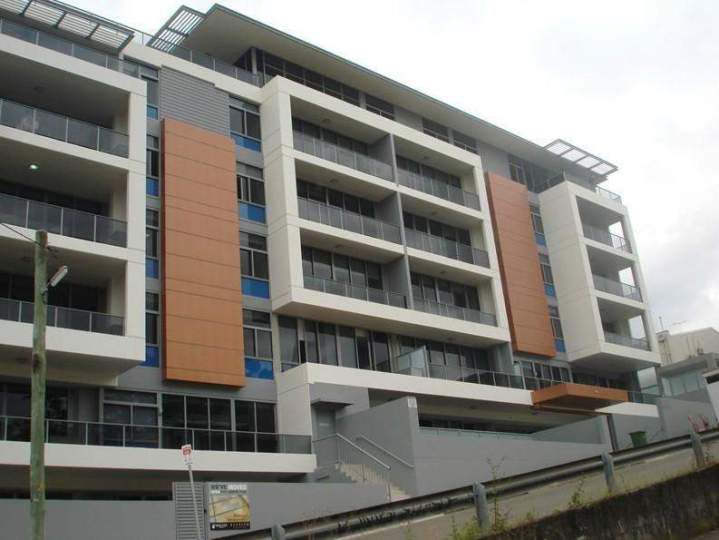How Do Exterior Cladding Systems Affect Thermal Performance?

Exterior cladding systems are a key factor in a building's thermal performance. A well-designed system acts as an insulating layer, helping to regulate indoor temperatures and significantly improving energy efficiency and comfort.
How Do Exterior Cladding Systems Affect Thermal Performance?
Exterior cladding systems play a crucial role in improving a building's thermal performance, primarily by addressing thermal bridging. Thermal bridging occurs when heat is transferred through a building's materials, such as studs, framing, or fasteners, bypassing the insulation layer within the walls. This creates a "bridge" for heat to escape in winter or enter in summer, leading to significant energy loss. A modern cladding system, particularly a rainscreen system, is designed to combat this. It is installed on the exterior of the building, often with a layer of continuous insulation placed on the outside of the sheathing, over the studs.
This creates a thermal break that minimizes heat transfer through the structural components. The ventilated cavity in a rainscreen system also acts as an additional buffer. It reduces the direct heat transfer from the cladding material to the building's inner wall. In hot weather, it allows heat to dissipate, while in cold weather, it traps a layer of air that acts as extra insulation. By mitigating these effects, cladding systems help maintain a more stable indoor temperature, reducing the load on a building's HVAC system. The experts at TD Cladding Supplies Pty Ltd can help you select a cladding system that is specifically engineered to provide maximum thermal performance.
How Does Exterior Panel Orientation Affect Thermal Flow?
The orientation of exterior cladding panels can significantly influence a building’s thermal performance. Vertical panels tend to promote natural airflow along the façade, helping to ventilate and cool walls in warm climates, while horizontal panels can aid in evenly distributing heat and minimising cold spots in cooler conditions. Aluminium and aluminium composite panels, such as Alucobond and Alpolic, are highly versatile and can be installed in either orientation to optimise energy efficiency. Proper design and installation ensure that these panels work in harmony with insulation and ventilated cavities to manage heat transfer effectively.
Contact TD Cladding Supplies Pty Ltd today to explore our premium aluminium panel solutions and enhance your building’s thermal performance.